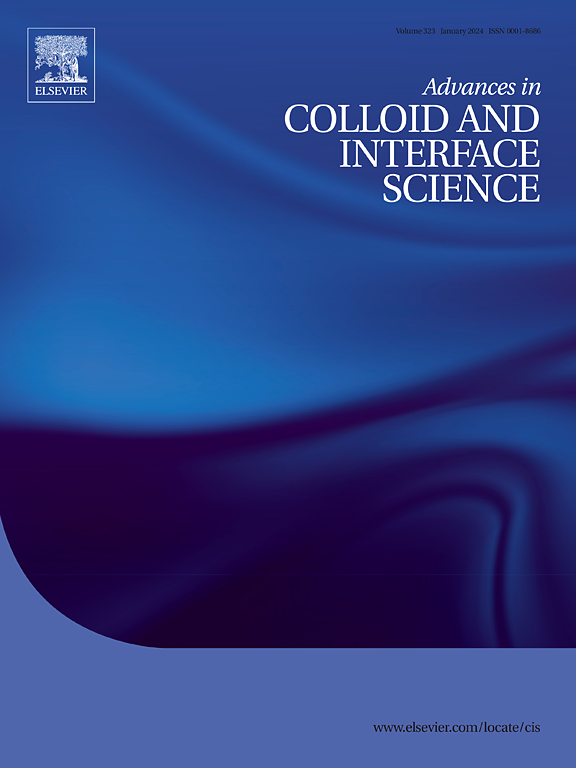SELEX纳米医学的多面武器库
IF 15.9
1区 化学
Q1 CHEMISTRY, PHYSICAL
引用次数: 0
摘要
适配体是一种短的寡核苷酸序列,可以与细胞蛋白质和受体特异性结合,是分子纳米医学领域的通用工具。与通过增强渗透性和保留(EPR)效应的被动肿瘤靶向不同,适体可以精确地给药,提高治疗效果,同时最大限度地减少副作用。通过指数富集(SELEX)过程的配体系统进化开发,适配体具有紧凑的尺寸,坚固的结构,化学通用性和成本效益的合成。它们作为治疗分子的有效载体,包括miRNA、siRNA和小分子药物,并作为抗体样配体应用于癌症、糖尿病和自身免疫性疾病。自首个靶向VEGF的适体Macugen获批以来,适体也被用作诊断传感器和治疗药物。本文综述了selex衍生适配体在纳米医学中的应用,重点介绍了它们在治疗和诊断中的作用,特别是在精确癌症治疗中的作用。它还解决了降解和临床转化等挑战,以及疫苗、组织工程和再生医学的前景。本文章由计算机程序翻译,如有差异,请以英文原文为准。

Multifaceted arsenal in SELEX nanomedicine
Aptamers, short oligonucleotide sequences that bind specifically to cellular proteins and receptors, are emerging as versatile tools in molecular nanomedicine. Unlike passive tumor targeting via the enhanced permeability and retention (EPR) effect, aptamers enable precise drug delivery, enhancing therapeutic efficacy while minimizing side effects. Developed through the Systematic Evolution of Ligands by Exponential Enrichment (SELEX) process, aptamers offer compact size, robust structure, chemical versatility, and cost-effective synthesis. They serve as effective delivery vehicles for therapeutic molecules, including miRNA, siRNA, and small-molecule drugs, and function as antibody-like ligands for applications in cancer, diabetes, and autoimmune disorders. Since the approval of Macugen, the first aptamer targeting VEGF, aptamers have also shown promise as diagnostic sensors and theranostic agents. This review explores SELEX-derived aptamers in nanomedicine, focusing on their therapeutic and diagnostic roles, particularly in precision cancer therapies. It also addresses challenges such as degradation and clinical translation alongside prospects in vaccines, tissue engineering, and regenerative medicine.
求助全文
通过发布文献求助,成功后即可免费获取论文全文。
去求助
来源期刊
CiteScore
28.50
自引率
2.60%
发文量
175
审稿时长
31 days
期刊介绍:
"Advances in Colloid and Interface Science" is an international journal that focuses on experimental and theoretical developments in interfacial and colloidal phenomena. The journal covers a wide range of disciplines including biology, chemistry, physics, and technology.
The journal accepts review articles on any topic within the scope of colloid and interface science. These articles should provide an in-depth analysis of the subject matter, offering a critical review of the current state of the field. The author's informed opinion on the topic should also be included. The manuscript should compare and contrast ideas found in the reviewed literature and address the limitations of these ideas.
Typically, the articles published in this journal are written by recognized experts in the field.

 求助内容:
求助内容: 应助结果提醒方式:
应助结果提醒方式:


